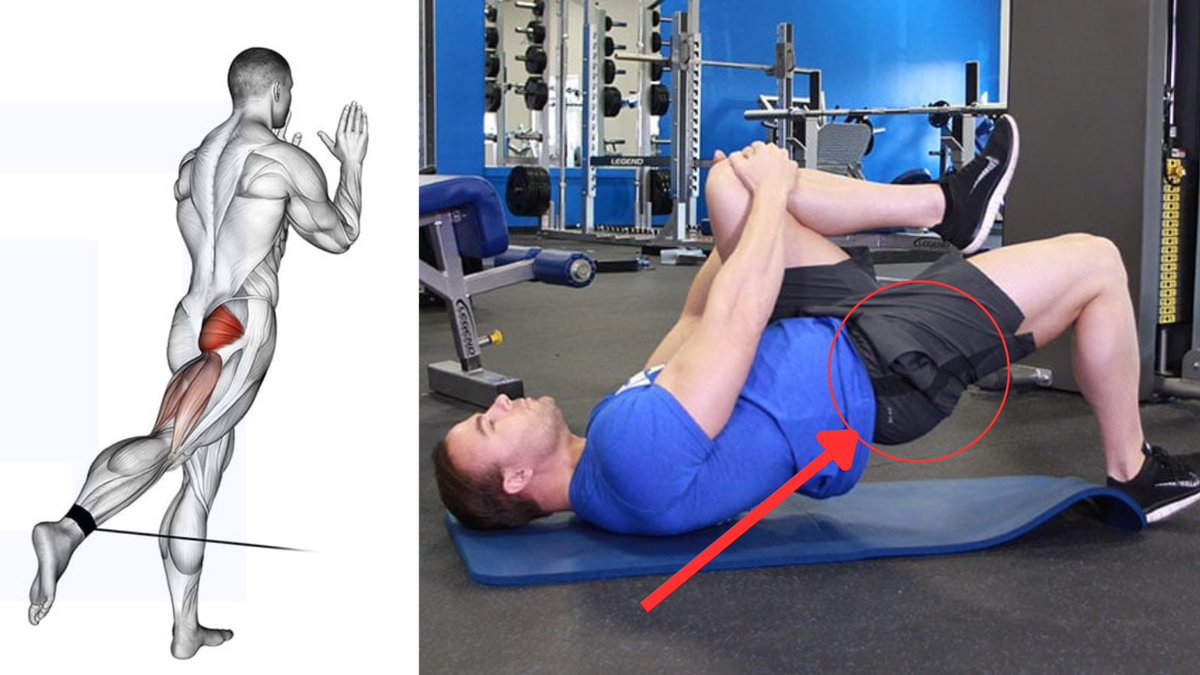A thread on how to train the Serratus Anterior
Many people are generally aware that the Serratus Anterior (SA) is an important player in shoulder health, but are unsure how to train it.
It has two main functions: Shoulder protraction & assisting in elevation of the arm...
Many people are generally aware that the Serratus Anterior (SA) is an important player in shoulder health, but are unsure how to train it.
It has two main functions: Shoulder protraction & assisting in elevation of the arm...
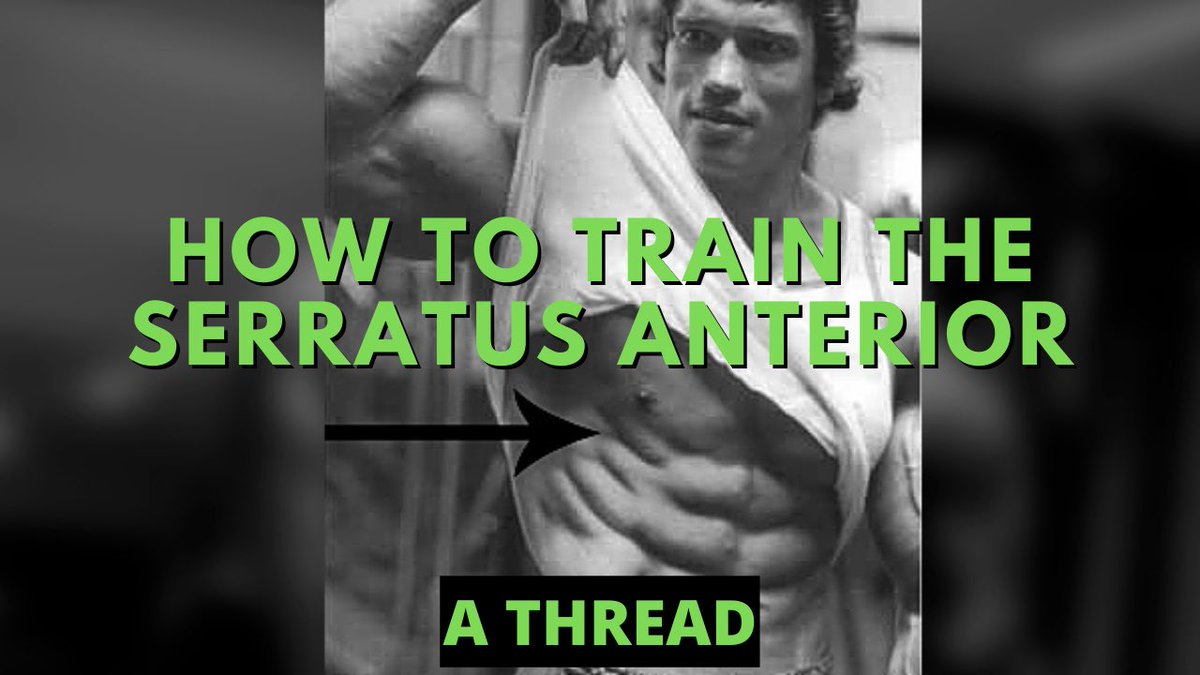
The SA is actually a massively important player in overhead mobility.
It needs to hold and “pull” the scapula (shoulder blade) on the ribcage, or else the scapula would be very unstable & overhead mobility is limited.
It needs to hold and “pull” the scapula (shoulder blade) on the ribcage, or else the scapula would be very unstable & overhead mobility is limited.
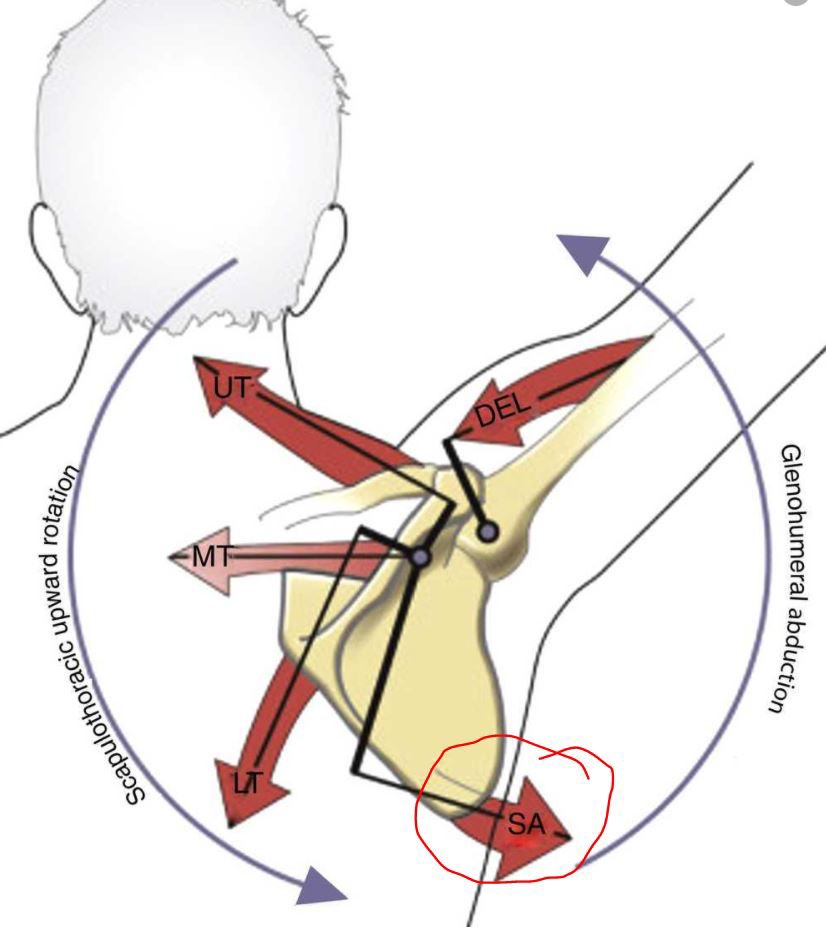
When it can’t do it’s job (usually other factors at play here too), the scapula will be “lost” on the ribcage and won’t have adequate congruency on it.
We see this all the time with “winged out” scapulas.
We see this all the time with “winged out” scapulas.

The SA also has very few nerve innervations relative to other muscles, so it is particularly challenging to “feel” this muscle work in many instances.
However, we can set ourselves up for success by training it’s functions via reaching in various ranges of overhead mobility.
However, we can set ourselves up for success by training it’s functions via reaching in various ranges of overhead mobility.
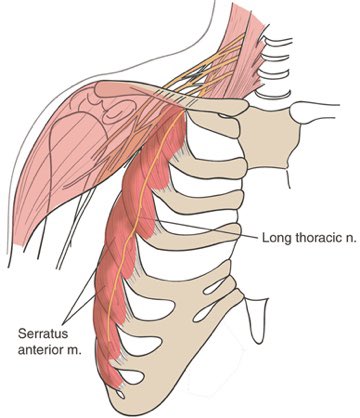
The 1st thing to establish is proper reaching. This entails pushing the shoulders forward and ribs back without losing height in the upper body.
This also is usually accompanied by a slight posterior pelvic tilt to keep the pelvis parallel to the floor.
This is *not* slouching.
This also is usually accompanied by a slight posterior pelvic tilt to keep the pelvis parallel to the floor.
This is *not* slouching.

A tool I like to use for this is a band reaching in various positions.
Here I am using a “bear plank” position to cue reaching through the floor and engagement of protraction & ribcage retraction:
Here I am using a “bear plank” position to cue reaching through the floor and engagement of protraction & ribcage retraction:
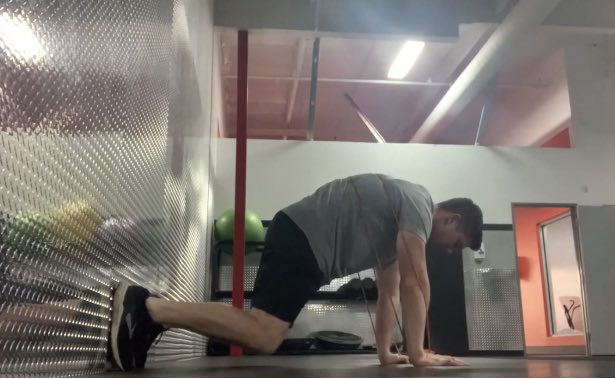
After that, it’s important to start reaching in higher degrees of overhead flexion to train its ability to keep the scapula on the ribcage. One basic exercise is an incline arm bar:
As a beginner weighted exercise, you can’t go wrong with a push-up plus. This means actively reaching through the floor at the end of each rep to retract the ribs and engage the serratus & abs:
A good exercise with potential to push some serious weight (but still reach), is a landmine press.
Just make sure the ribs stay back and the shoulder blade is free to move. Finish each rep with a good long reach.
Just make sure the ribs stay back and the shoulder blade is free to move. Finish each rep with a good long reach.
• • •
Missing some Tweet in this thread? You can try to
force a refresh





